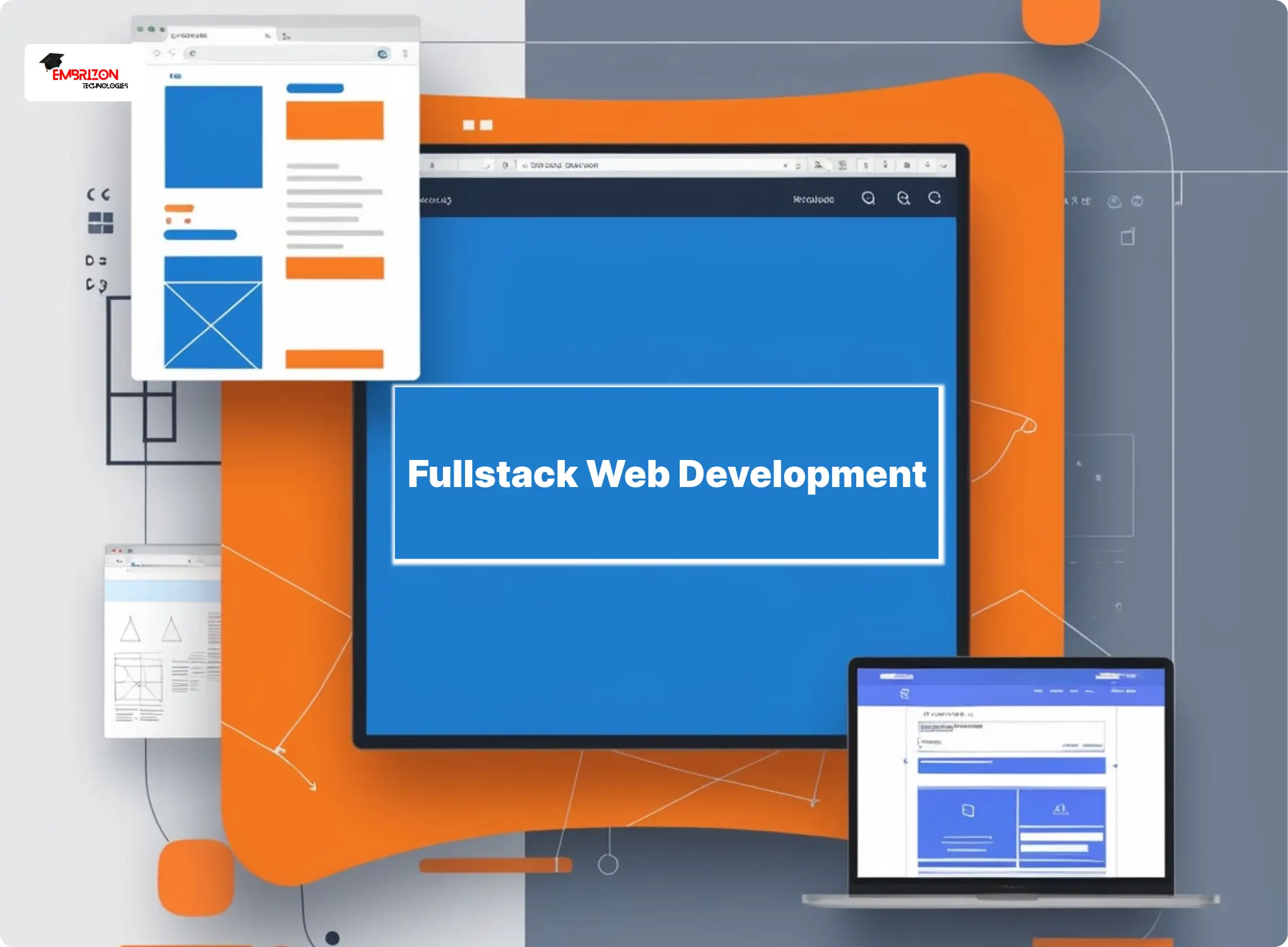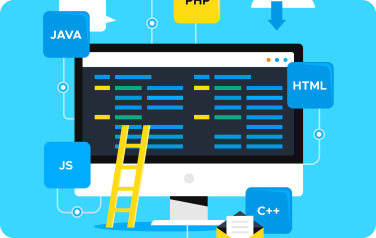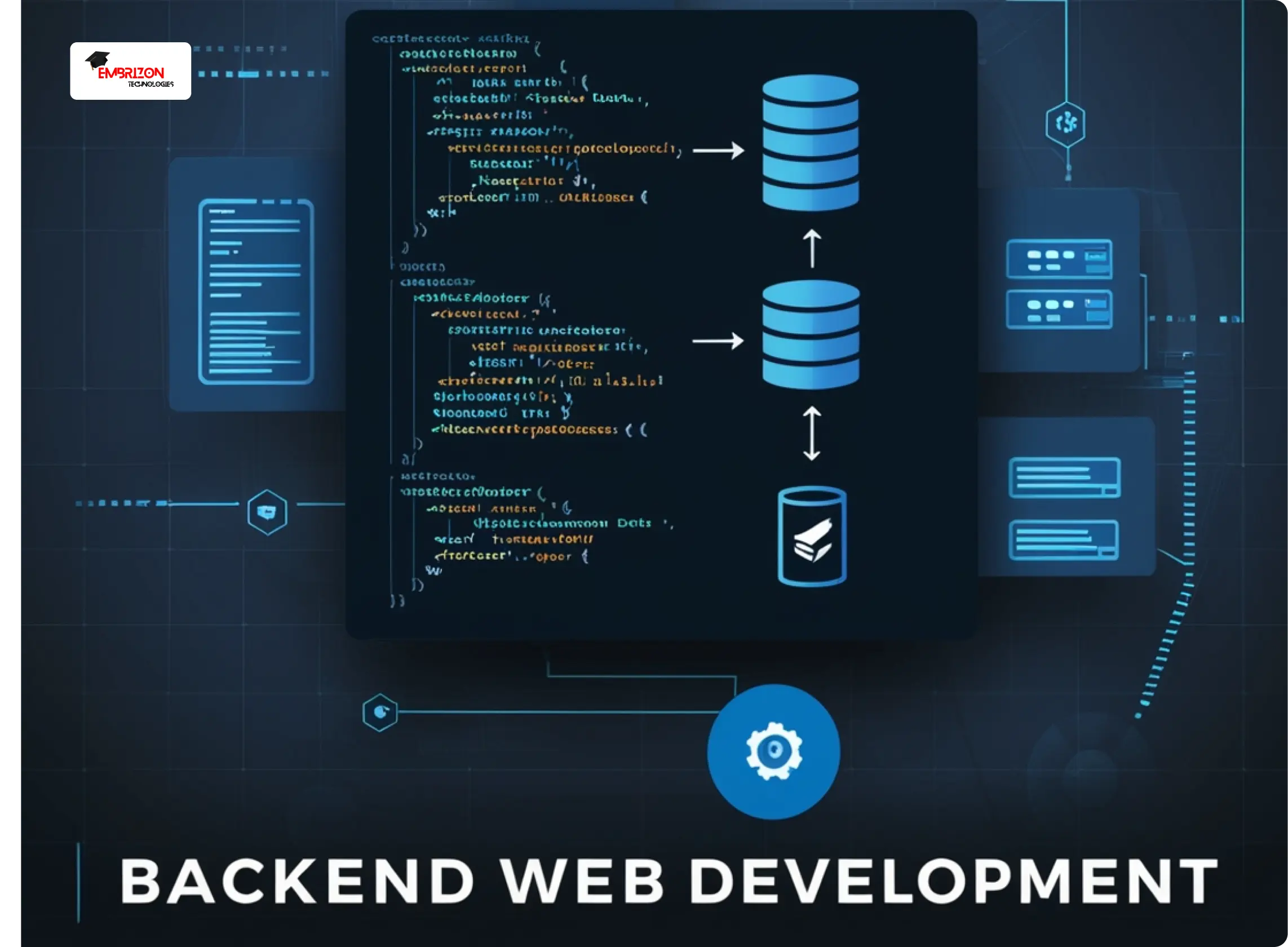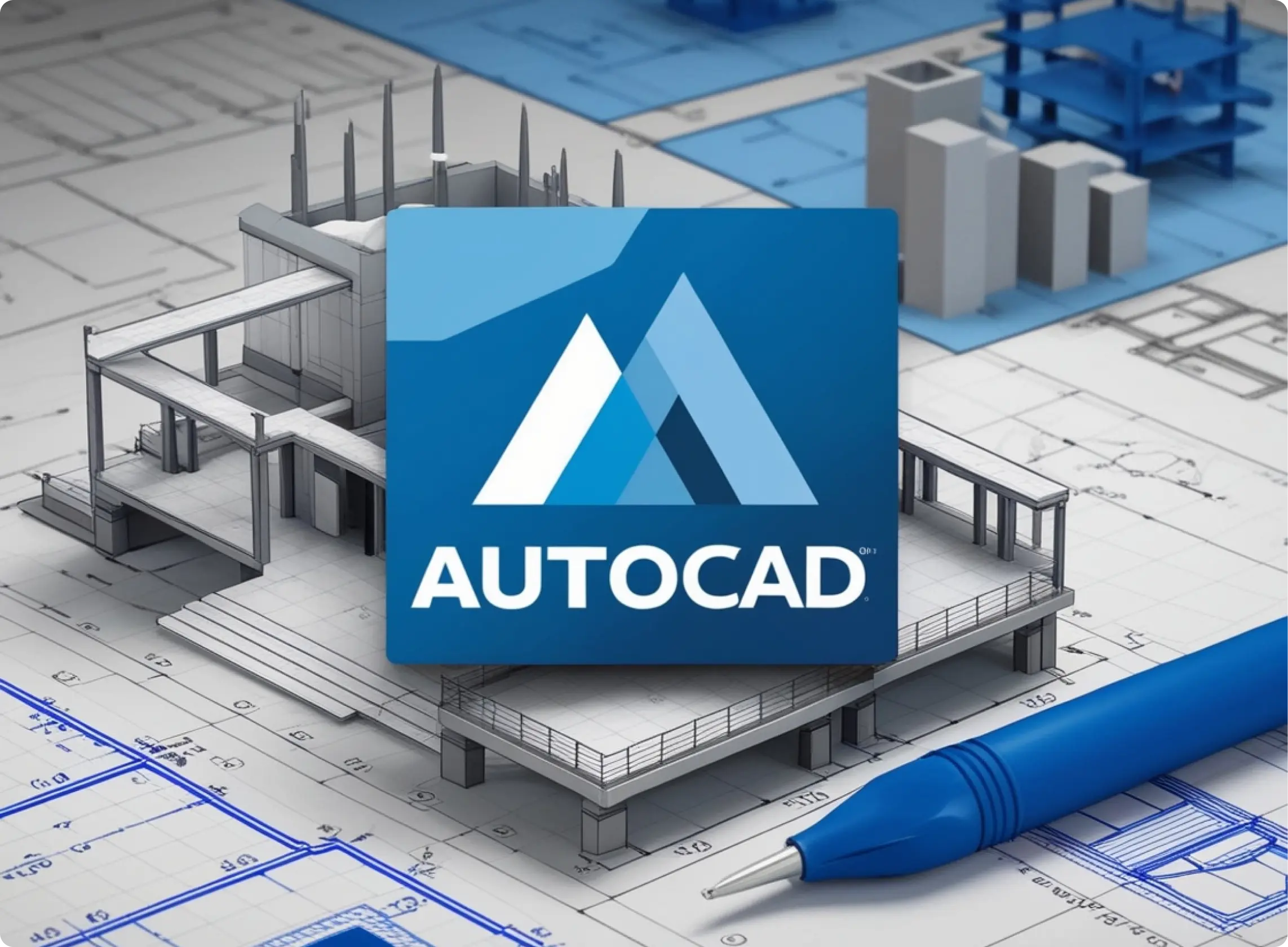Introduction
In today’s digital world, the way users interact with a website can make or break their experience. Frontend development plays a crucial role in ensuring that users find a website not only functional but also visually appealing and easy to navigate. In this guide, we’ll explore what frontend development is, why it’s essential for creating a great user experience, and how you can get started in this exciting field.
What is Frontend Development?
Frontend development is the part of web development that focuses on the user interface (UI) and user experience (UX). It involves converting data into a graphical interface, allowing users to view and interact with the information in a way that is intuitive and efficient. The main technologies used in frontend development are:
- HTML (HyperText Markup Language): Structures the content on a webpage.
- CSS (Cascading Style Sheets): Controls the visual appearance of the webpage.
- JavaScript: Adds interactivity and dynamic content to the webpage.
Why is Frontend Development Important?
Frontend development is crucial for creating a positive user experience. Here’s why:
- First Impressions Matter: The frontend is the first thing users see. A well-designed interface can engage users immediately, while a poorly designed one can drive them away.
- Usability: Good frontend development ensures that a website is easy to navigate, with intuitive layouts and clear instructions.
- Accessibility: A frontend that considers accessibility standards ensures that everyone, including people with disabilities, can use the website.
- Responsiveness: Frontend developers ensure that a website looks and functions well on all devices, from desktops to smartphones.
Essential Frontend Technologies
1. HTML: The Backbone of Webpages
HTML provides the structure of a webpage, using elements like headings, paragraphs, lists, links, and images. Understanding HTML is the first step in learning frontend development.
2. CSS: Bringing Style to the Web
CSS is used to style HTML elements, controlling their layout, colors, fonts, and overall appearance. With CSS, you can create visually appealing designs and ensure that your website is responsive across different screen sizes.
3. JavaScript: Adding Interactivity
JavaScript allows you to create interactive elements on your website, such as sliders, dropdown menus, and form validations. It also enables dynamic content updates without reloading the page, enhancing the user experience.
Frontend Frameworks and Libraries
To streamline the development process and build more complex user interfaces, frontend developers often use frameworks and libraries, such as:
- React: A JavaScript library for building user interfaces, particularly single-page applications.
- Angular: A platform for building mobile and desktop web applications.
- Vue.js: A progressive JavaScript framework for building UIs and single-page applications.
Best Practices for Frontend Development
To create a great user experience, keep these best practices in mind:
- Consistency: Ensure that your design and functionality are consistent across all pages of the website.
- Performance Optimization: Optimize your website’s loading speed by minimizing file sizes, using efficient coding practices, and leveraging browser caching.
- User-Centered Design: Always design with the user in mind. Conduct usability testing to ensure that your website meets user needs and expectations.
- Cross-Browser Compatibility: Test your website across different browsers to ensure it functions correctly in all environments.
Tools for Frontend Development
As a frontend developer, you’ll use a variety of tools to help you create and test your websites:
- Text Editors: Tools like VS Code or Sublime Text are essential for writing and editing code.
- Browser Developer Tools: Chrome DevTools and Firefox Developer Tools allow you to inspect your website, debug issues, and test responsiveness.
- Version Control: Git and GitHub are vital for managing code versions and collaborating with other developers.
Conclusion
Frontend development is at the heart of creating a great user experience. By mastering the essential technologies and following best practices, you can build websites that are not only functional but also visually appealing and easy to use. Whether you’re just starting out or looking to refine your skills, focusing on frontend development will open up many opportunities in the web development field.
Remember, the user is always at the center of frontend development. By prioritizing usability, accessibility, and performance, you can create web experiences that users will love and return to.
Introduction
In today’s digital world, the way users interact with a website can make or break their experience. Frontend development plays a crucial role in ensuring that users find a website not only functional but also visually appealing and easy to navigate. In this guide, we’ll explore what frontend development is, why it’s essential for creating a great user experience, and how you can get started in this exciting field.
What is Frontend Development?
Frontend development is the part of web development that focuses on the user interface (UI) and user experience (UX). It involves converting data into a graphical interface, allowing users to view and interact with the information in a way that is intuitive and efficient. The main technologies used in frontend development are:
- HTML (HyperText Markup Language): Structures the content on a webpage.
- CSS (Cascading Style Sheets): Controls the visual appearance of the webpage.
- JavaScript: Adds interactivity and dynamic content to the webpage.
Why is Frontend Development Important?
Frontend development is crucial for creating a positive user experience. Here’s why:
- First Impressions Matter: The frontend is the first thing users see. A well-designed interface can engage users immediately, while a poorly designed one can drive them away.
- Usability: Good frontend development ensures that a website is easy to navigate, with intuitive layouts and clear instructions.
- Accessibility: A frontend that considers accessibility standards ensures that everyone, including people with disabilities, can use the website.
- Responsiveness: Frontend developers ensure that a website looks and functions well on all devices, from desktops to smartphones.
Essential Frontend Technologies
1. HTML: The Backbone of Webpages
HTML provides the structure of a webpage, using elements like headings, paragraphs, lists, links, and images. Understanding HTML is the first step in learning frontend development.
2. CSS: Bringing Style to the Web
CSS is used to style HTML elements, controlling their layout, colors, fonts, and overall appearance. With CSS, you can create visually appealing designs and ensure that your website is responsive across different screen sizes.
3. JavaScript: Adding Interactivity
JavaScript allows you to create interactive elements on your website, such as sliders, dropdown menus, and form validations. It also enables dynamic content updates without reloading the page, enhancing the user experience.
Frontend Frameworks and Libraries
To streamline the development process and build more complex user interfaces, frontend developers often use frameworks and libraries, such as:
- React: A JavaScript library for building user interfaces, particularly single-page applications.
- Angular: A platform for building mobile and desktop web applications.
- Vue.js: A progressive JavaScript framework for building UIs and single-page applications.
Best Practices for Frontend Development
To create a great user experience, keep these best practices in mind:
- Consistency: Ensure that your design and functionality are consistent across all pages of the website.
- Performance Optimization: Optimize your website’s loading speed by minimizing file sizes, using efficient coding practices, and leveraging browser caching.
- User-Centered Design: Always design with the user in mind. Conduct usability testing to ensure that your website meets user needs and expectations.
- Cross-Browser Compatibility: Test your website across different browsers to ensure it functions correctly in all environments.
Tools for Frontend Development
As a frontend developer, you’ll use a variety of tools to help you create and test your websites:
- Text Editors: Tools like VS Code or Sublime Text are essential for writing and editing code.
- Browser Developer Tools: Chrome DevTools and Firefox Developer Tools allow you to inspect your website, debug issues, and test responsiveness.
- Version Control: Git and GitHub are vital for managing code versions and collaborating with other developers.
Conclusion
Frontend development is at the heart of creating a great user experience. By mastering the essential technologies and following best practices, you can build websites that are not only functional but also visually appealing and easy to use. Whether you’re just starting out or looking to refine your skills, focusing on frontend development will open up many opportunities in the web development field.
Remember, the user is always at the center of frontend development. By prioritizing usability, accessibility, and performance, you can create web experiences that users will love and return to.
















